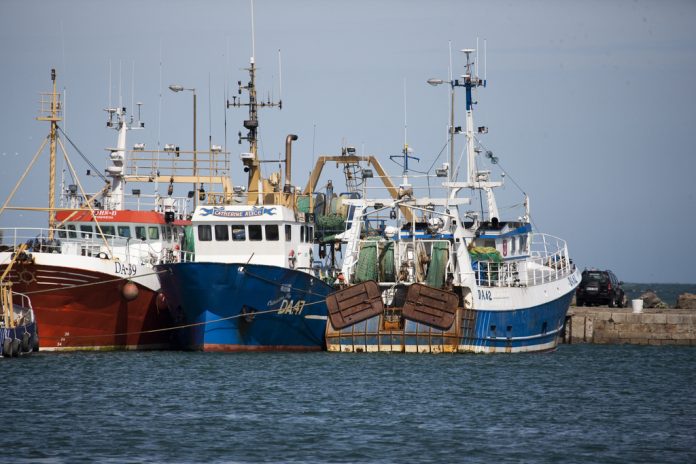The new rules for the conservation, management and control of fisheries in the North-East Atlantic Commission area, already agreed with Council, were approved by MEPs on Monday.
On 30 June 2023, the European Commission published its proposal to transpose the most recent NEAFC recommendations that are not already covered by European Union law. This proposal would also bring together in one single regulation all NEAFC measures currently covered by different regulations.
In 2022, the European Union had 301 fishing vessels authorised to operate in the NEAFC Regulatory Area (i.e. beyond national waters of its members), covering from the southern tip of Greenland to Novya Semlya and from the North Pole to the southern part of the Spanish mainland.
With 13 votes in favour to eight against and no abstentions, the Committee on Fisheries adopted a new draft law, the result of negotiations with the Council, to update fisheries measures in the North-East Atlantic Fisheries Commission (NEAFC) area.
MEPs approved the agreed changes to improve the control of transhipment operations at sea. The legislation also prohibits discarding or releasing catches from 22 species, such as cod, whiting, plaice and common sole.
According to the new measures, camera and sensor technologies will monitor landing and processing facilities for landings exceeding 10 tonnes and where more than 3 000 tonnes of certain pelagic stocks are weighed per calendar year in total. Therefore, small-scale coastal and artisanal fishing are excluded, note the legislators.
The stocks affected are mackerel, herring, blue whiting and horse mackerel and were agreed with Norway, Faroe Islands, Greenland, Iceland and the United Kingdom.
EU countries will list the ports where such landings occur and make it publicly available. They will also benefit from support under the European Maritime Fisheries and Aquaculture Fund (EMFAF) for possible costs to adapt to these rules.
“It is important to transpose the rules agreed with our international partners correctly and swiftly. It is positive that control measures agreed with the coastal states have been included and the agreement is balanced and fair. The requirement to use surveillance technology in facilities where more than 3 000 tonnes, in total, of four pelagic stocks are weighed annually only applies to landings above 10 tonnes. Moreover, the few affected ports can benefit from EMFAF funding to cover potential installation and maintenance costs”, said rapporteur Francisco Guerreiro (Greens/EFA, Portugal).
EU member state representatives (COREPER) have already approved this text. After its endorsement by the Committee on Fisheries, the plenary will give its final green light to this agreement in one of the next sessions.

